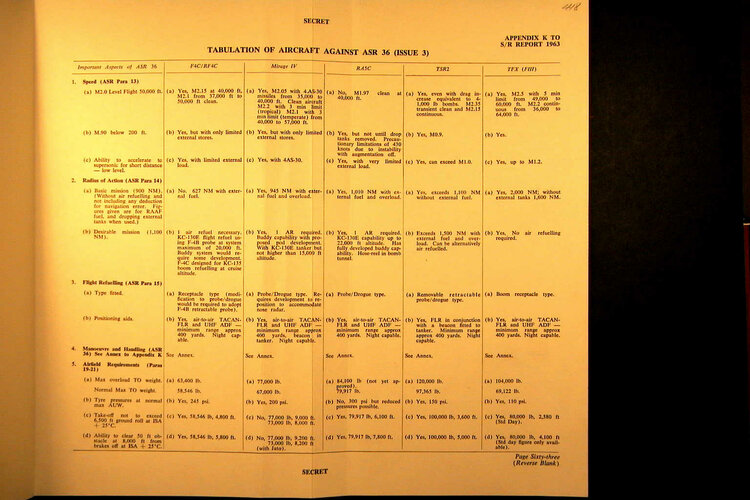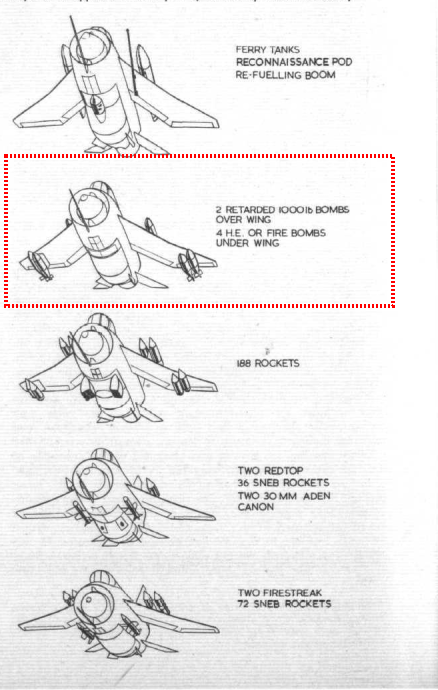<need more data>
Horses for courses.
If the RAF/AM/Government changes plans as they see fit, and has the French 'help' in that regard (AFVG promisses and then cancellation), plus later Canada, Belgium and Netherlands also 'help' (during the MRCA quagmire), plus later Germany also 'helps' with penny-pinching during the Tornado development, the word 'effectively' has left the chat a long time ago.
I've said it before, and I'll say it again:
The less faith in multi-national coopperation the UK has, the better.
The more faith the UK has in it's own industry, the better.
The earlier they 'fix' on a design and have it in production, the better.
The earlier the UK figures out that time cannot be dialed back, the better.
Th earlier the commercial part of the design is understood (ie. less of a fixation for UK-only details), the better.


